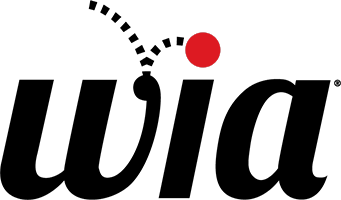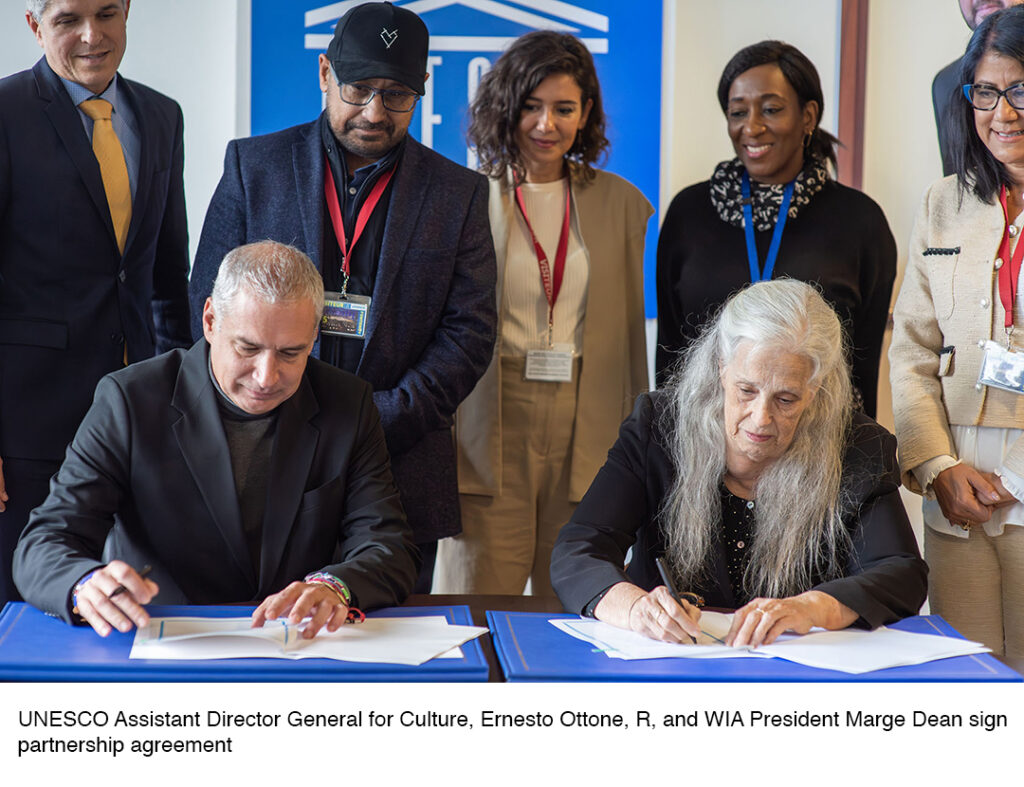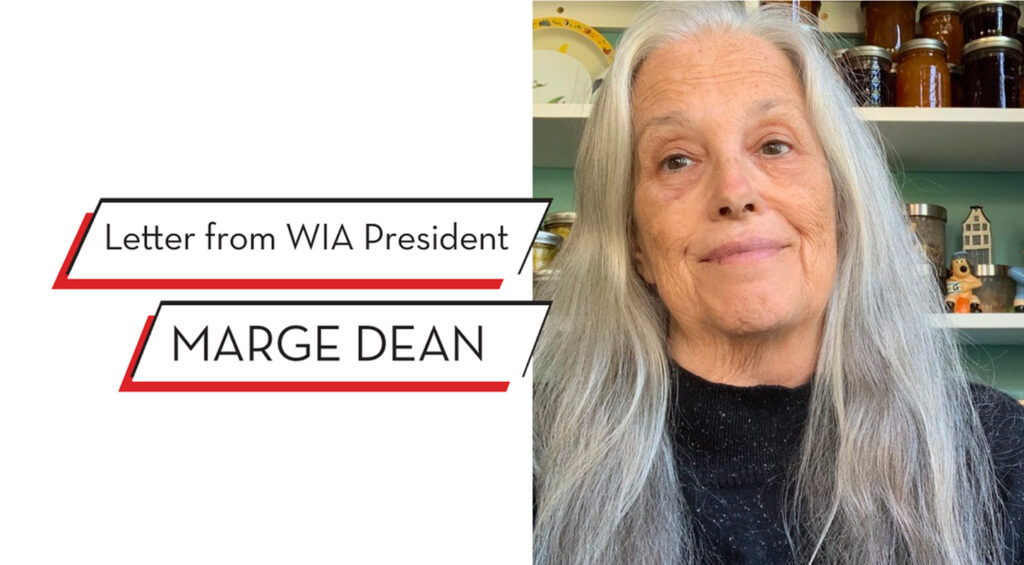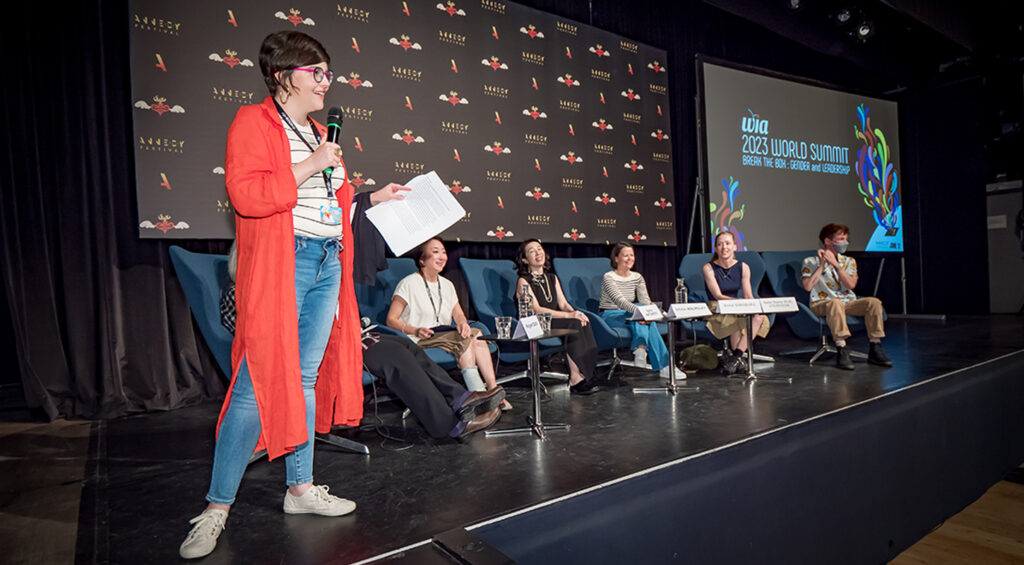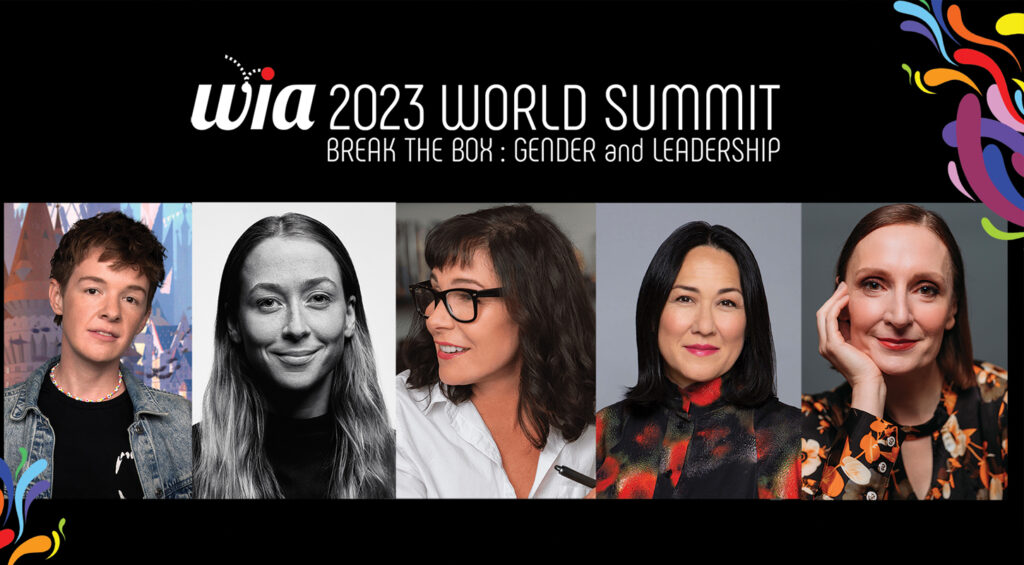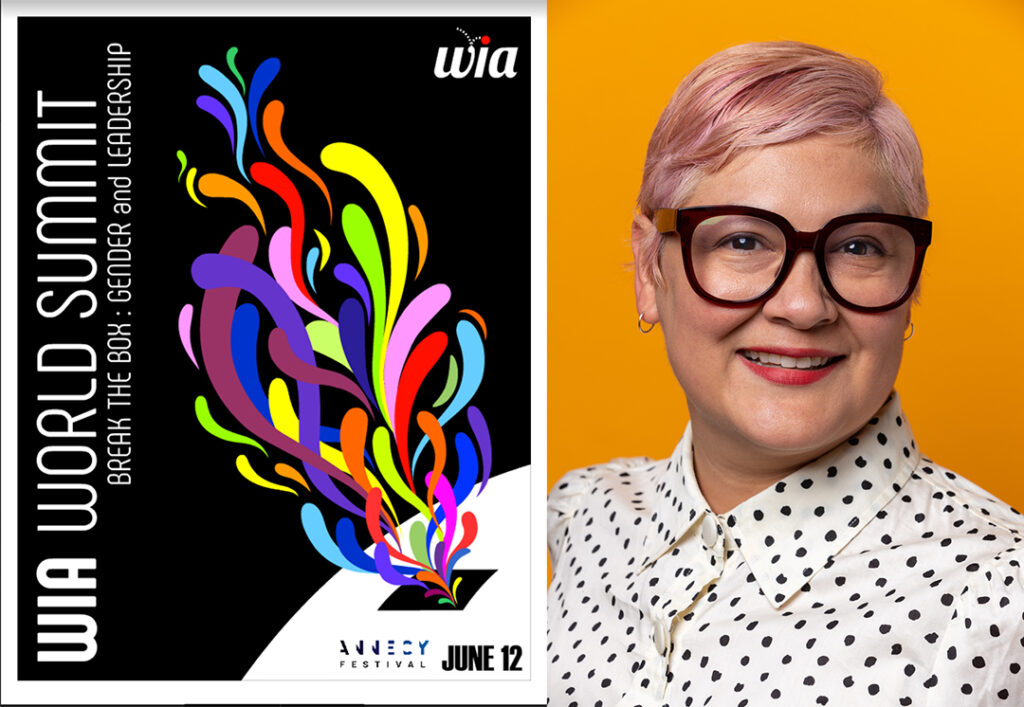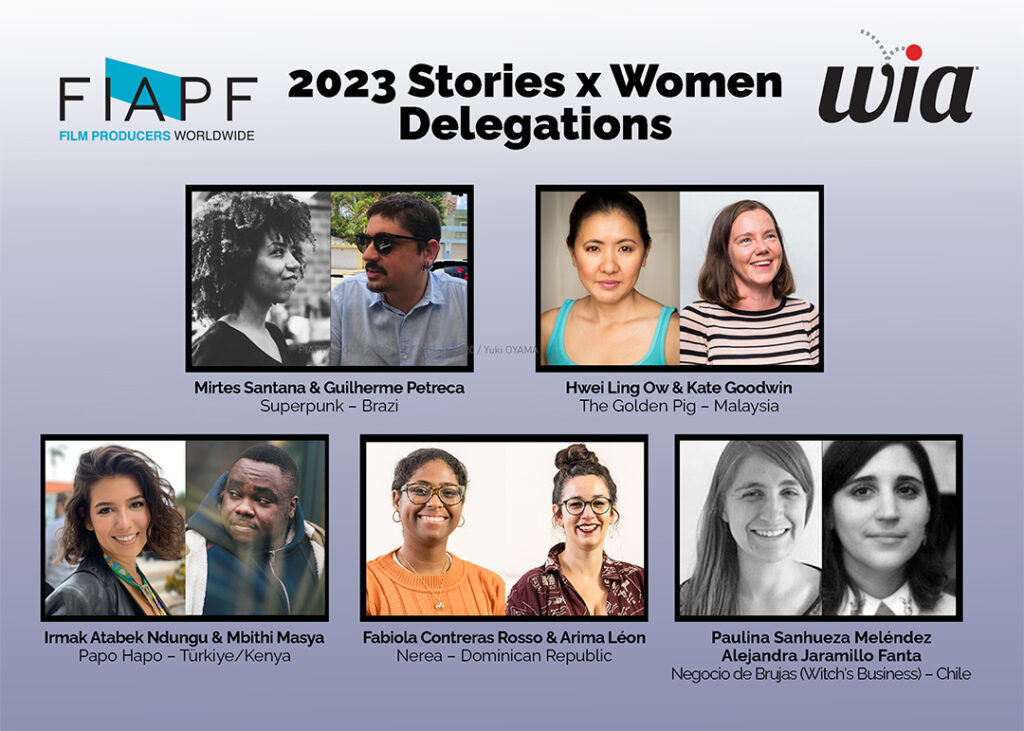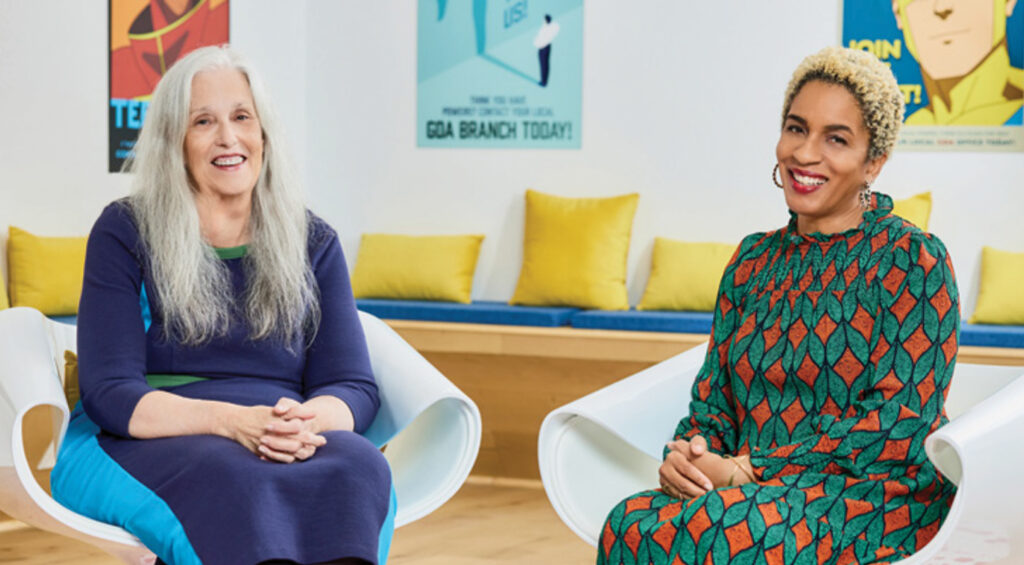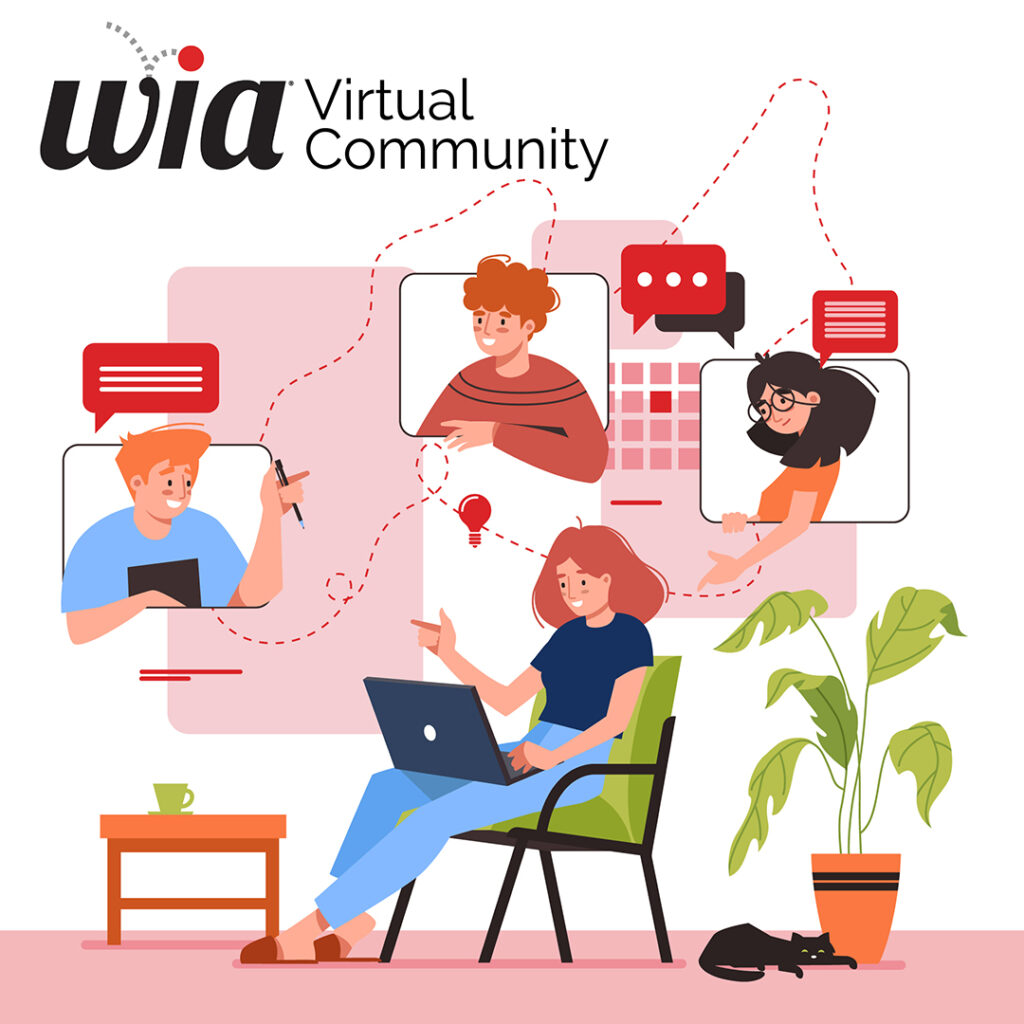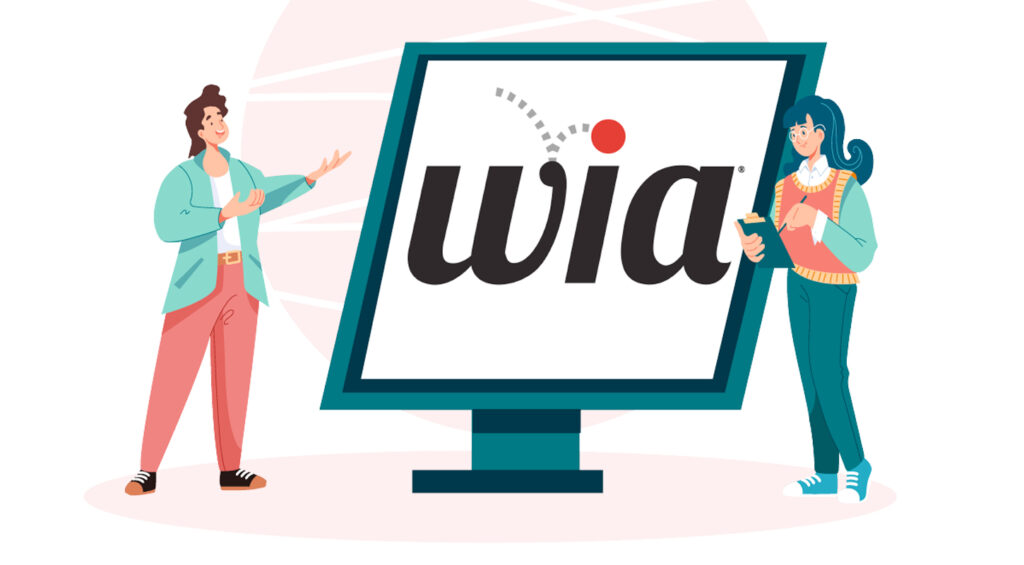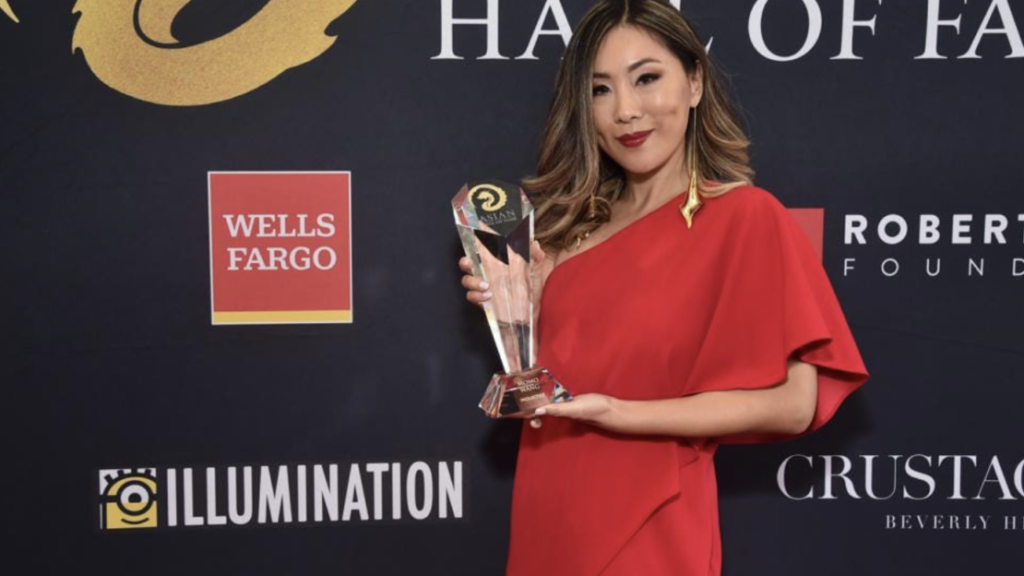WIA, Unesco Embark on Historic Partnership Supporting Global Gender Parity and Inclusion in Animation
This marks the first time the global institution has partnered with an animation advocacy organization PARIS, France — Today, WIA, a global advocacy organization championing equity for women and people of underrepresented gender identities in animation, is pleased to announce its partnership with the United Nations Educational, Scientific and Cultural Organization (UNESCO), the world’s leading […]
